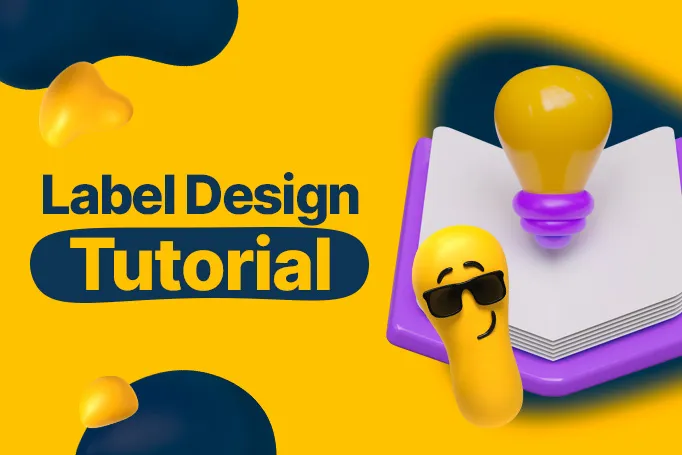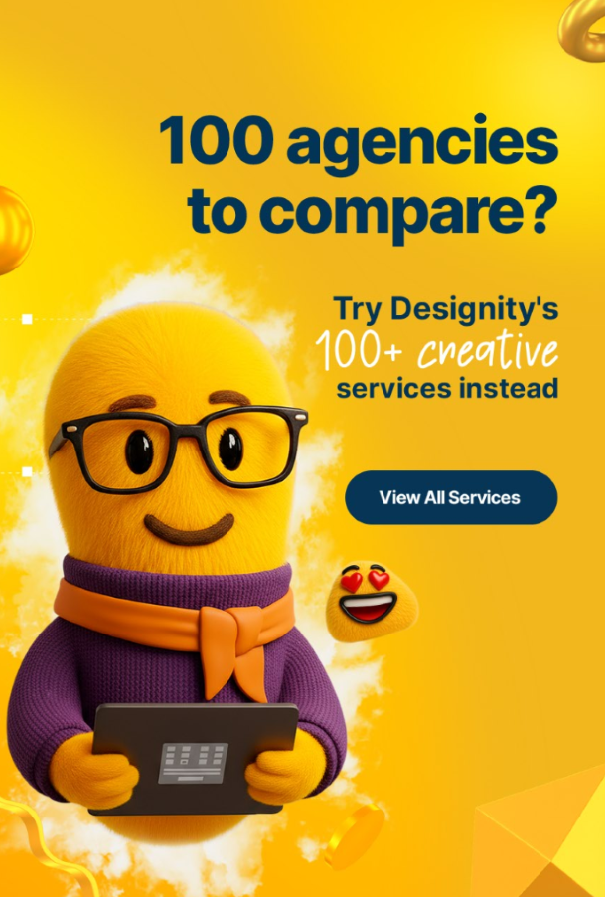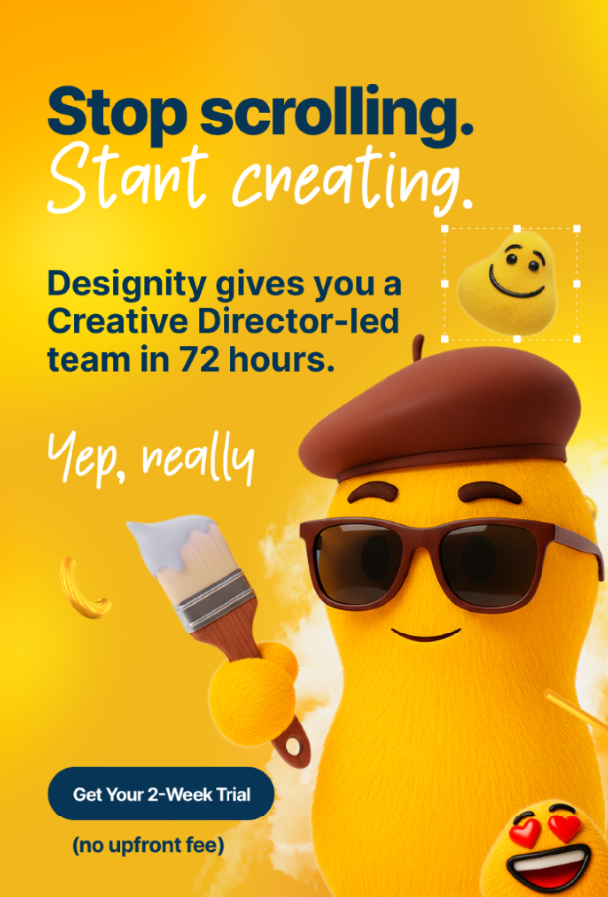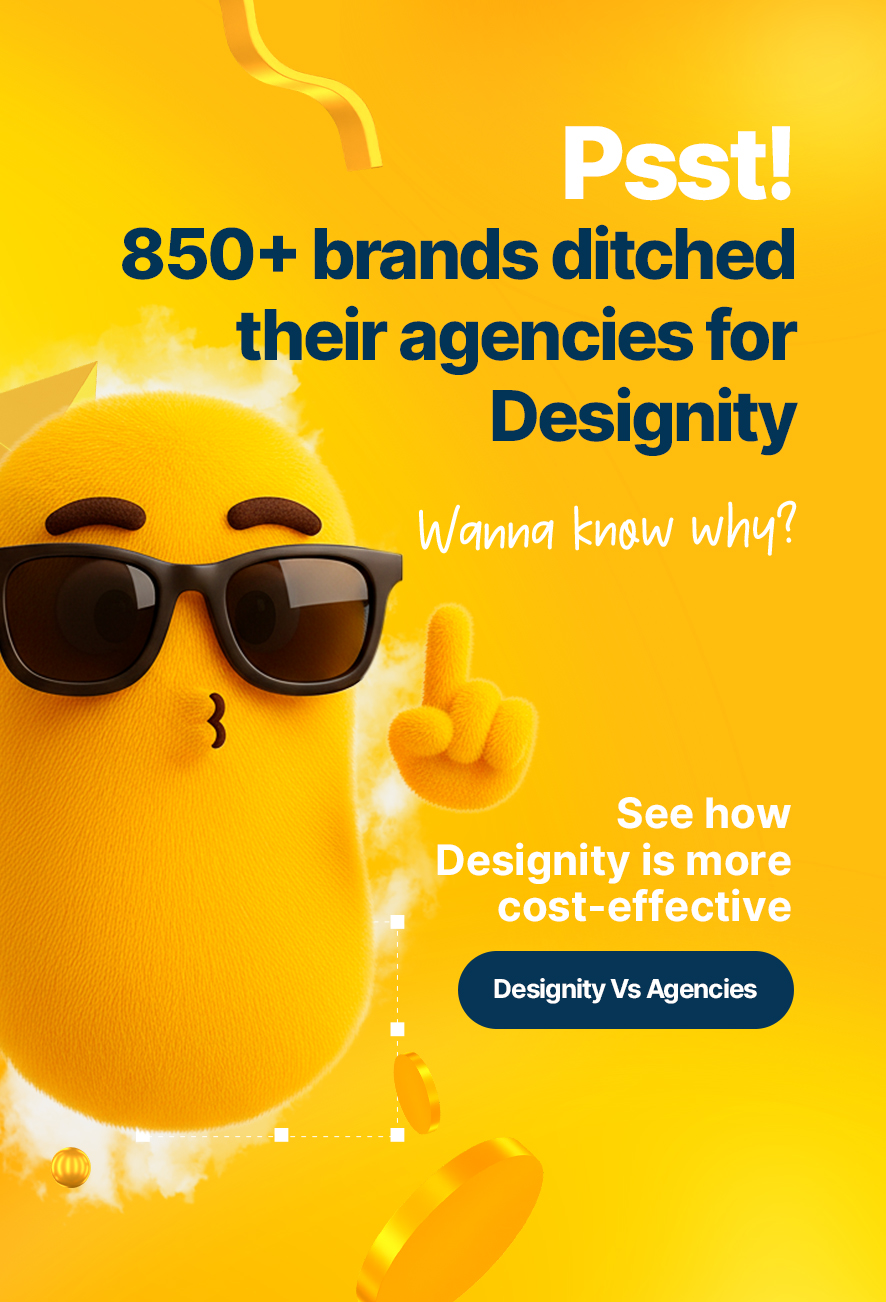Boxes are great and all, but let’s face it …
Without a good label, even the most interestingly shaped packages will stay on the shelves. A good label not only appeals to your target audience and looks great on the shelf, but can help differentiate you from your competitors, provide crucial consumer information, and shout out your brand from whatever store your product is sitting in.
Labels are one of the most critical elements of your product packaging process and if you’re looking for a way to level up your entire package design, then we think labels are the perfect place to start.
Whether you’re a seasoned label designer or a marketer looking for some tips for an upcoming rebrand, this blog is going to take you through the label design process so that you can start creating amazing-looking labels that turn heads and make your products shine!
Phase 1: Discovery
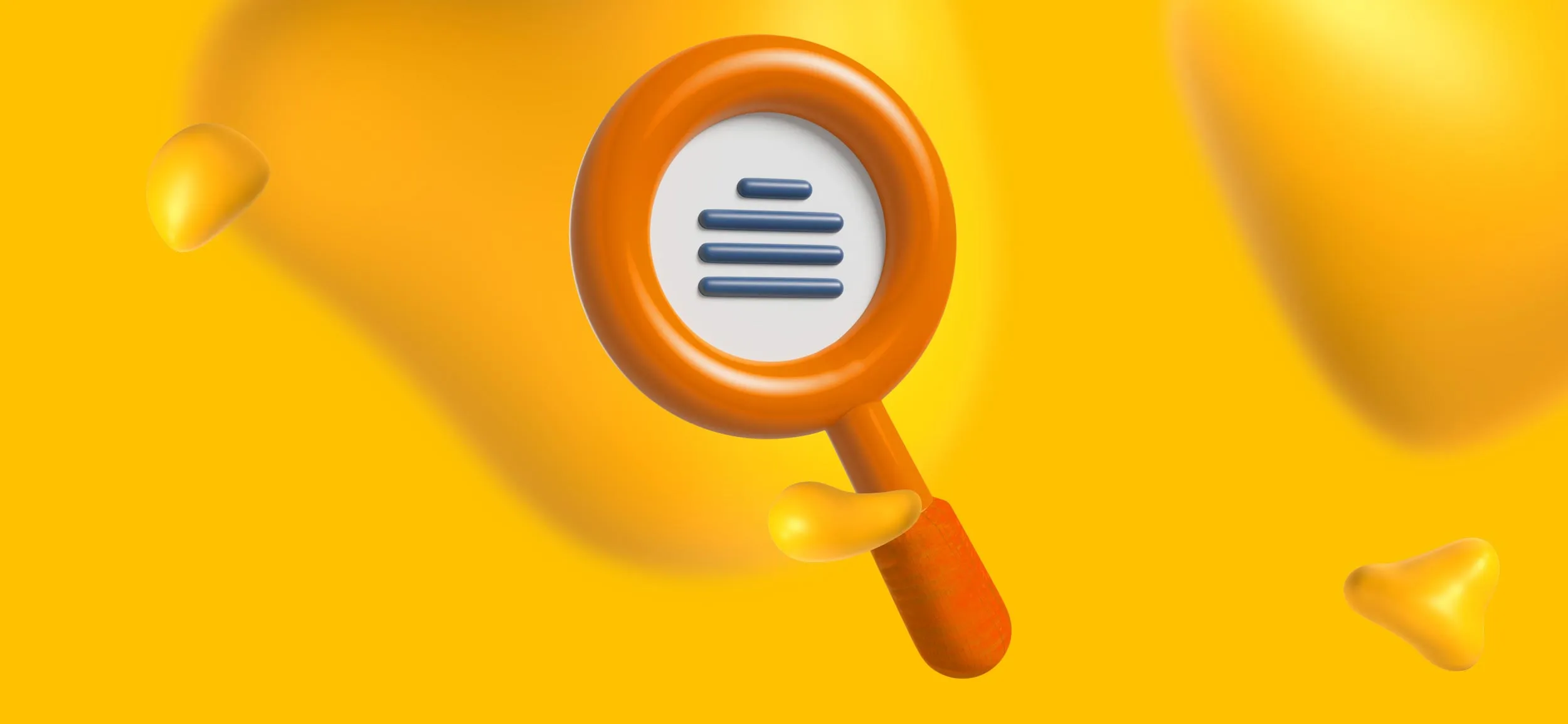
We’ll start at the beginning, the pre-design stage.
The discovery phase of the process is also the longest phase, but that’s okay, because it’s also the most important. Don’t rush it either because what you decide in this phase could make all the difference in whether or not your package design is successful.
Here is what you’ll need to figure out …
Define Your Target Audience
Ah, your target audience. The folks who will determine your success. So, go ahead and ask yourself the following two questions:
- Who is your product aimed at?
- What demographics are your target audience in?
This is extremely important to get nailed down because, once you know who you’re selling to, it’ll help you understand how to refine your messaging so that it’s relevant and resonates with their wants and needs.
And to get a deeper understanding of your target audience …
Create Personas
Personas (or ICPs) are a fictional representation of a member of your target customer based on your research and data analysis.
It sounds complicated but, basically, it’s just a detailed profile to help you understand and empathize with a certain person in your customer base so that you can better market your products or services to them.
To do that, just imagine a specific person who you anticipate would be lining up to buy your product and then try to get into their head. Is it Wilma, a mother of three? Fred the college kid? Betty, a busy CEO on the go?
Whoever it is, put yourself in their shoes and then ask yourself the following:
- What are they looking for?
- What are their pain points?
- How is your product a solution for those pain points?
- Why is your product a better solution for them than your competitors?
Answer those questions as your persona would and really try to understand what that person is looking for in your product.
Define Your Brand
Now that you know who you’re selling your product to, you need to figure out who YOU are.
Create a brand story for yourself. Everyone has a story, right?
In your unique story, you’ll want to detail your history, how your brand came to be, what you stand for, and what your values are.
You’ll also need to define your personality too.
What are the visual elements and the copywriting tone of voice for your brand? Don’t wait till later, figure this out now!
It’s extremely important to get this decided because being consistent in your design elements and in your messaging helps you build brand recognition and makes it easier for your customers to associate your packages and labels with your brand. Lay out all of these rules (and lots of others) in a brand guide book so that you can guarantee consistency no matter who is completing marketing projects for your brand.
Psst … if you don’t have an established brand guide, we know someone who can help you out with that.
Define Your Product’s Outlets
The last step of Phase 1 is to define your product’s outlets and other production details.
Here are some questions to consider:
- Where is your product going to be sold? Wal-Mart? A specialty store? An eCommerce store?
- What will it be surrounded by and competing with on the shelves?
- What FDA regulations have to be adhered to in your product’s distribution and packaging?
- What are the specifics for your final package and printed label size?
- And on the business side of things, what are the goals and desired outcomes of the key stakeholders?
Take some time to get all of this finalized, get a good understanding of what your goals are, and then you can get to the really fun stuff!
Phase 2: Concepting

Phase 2 is where your vision will start to come to life!
Using all of the legwork you’ve gathered up during your initial research, you can start making some decisions on the design direction you’re going with on your product label template.
If you have some professional designers on your team, this is where you need to bring them on board so they can get to work creating custom designs for your products.
Here is what that process usually looks like:
Mood boards
Mood boards are great for narrowing down what design and copywriting choices you’re looking for.
If you’ve never heard of that term before, a mood board is just a collection of design elements and messaging you see from other brands to help you create your own. So, hop online, scroll through your favorite social media platforms and look for other brand’s ads and posts for things that inspire you.
We’re not saying to copy them directly, you’re just looking for maybe a certain tone you might want to try to emulate or anything else messaging and design-wise that you like and think would work for you too.
Gather up what you can and brainstorm with your marketing or design team to decide which elements work best for you and your brand.
Phase 3: Design
Using the elements you liked and keeping your target audience and personas in mind, it’s now time to roll up your sleeves and start putting together a custom label design worthy of your awesome products.
Lo-fi Design
Lo-fi design is where you pick your big-ticket design elements.
Experiment with different layout options, size and placement of your company logo, type treatments, photography and illustration options, color schemes, and overall design direction.
Once you’ve got it narrowed down, go ahead and create (or get a graphic designer to create) 3–5 lo-fi layouts that you like the best so that you can move on to …
Hi-fi Design
During the hi-fi design stage, you’ll take one of your lo-fi design concepts and finish it out.
We’re talking about adding the exact colors you’ll use, placing your font, choosing your images or photographs, all of that good stuff.
And don’t worry if it’s not perfect at first, you can probably expect to have 2–4 rounds of revisions before you and your team finally agree on a design.
Once you do, go ahead and purchase your UPC bar code and finalize all of the copy and taglines while you work on finalizing everything for print.
Phase 4: Print Sourcing
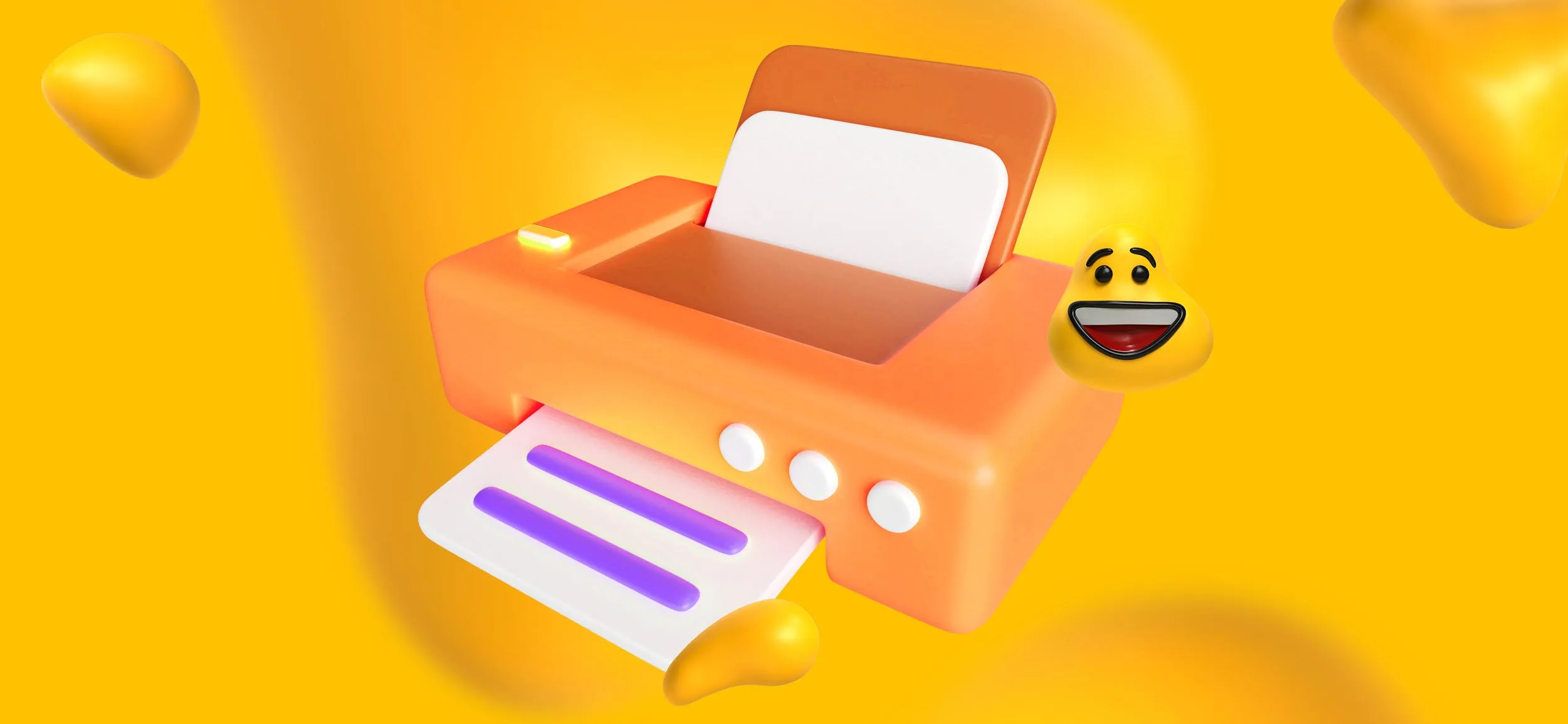
Let’s get physical!
Your label design is going to come to life now, so take some time to research and compare various label printers who can make it happen.
What you’re looking for are things like their pricing, the quality of their previous work, the paper and finishing options they offer (like spot varnish, foil embossing, etc.) and to find out if they have any restrictions on custom label sizing.
Pick your printer, then get a hard proof printed and shipped off to your graphic design team and any key stakeholders you might have to check in with for their feedback.
If after sharing it with them, you have any final edits to make, go ahead and make them, iron out all of the details, and then get that baby printed!
Phase 5: Deliver to Stores!
Okay, okay …
While, yes, this phase technically falls outside of the scope of the actual design process, it should be considered ahead of time to make sure that you don’t have any delays after the print run is completed and that the whole process runs smoothly.
Things to consider before you ship out are:
- Your distribution strategy and logistics, including how your labels will be delivered to your packaging facility.
- How well your labels will stand up to shipping and packaging.
- Keeping your labels stocked to match your production.
- How you’ll monitor your label deliveries.
- How you’ll coordinate with any retail partners to make sure that they’re ready to receive and appropriately shelve your product.
- Any backup plans you’ll need in case one of the above steps goes awry.
Once you’ve got all that …
Congratulations! You’ve taken your label design from the research stage to the shelves!
<div class="c-blog_comp-cta cc-component-1"><div class="c-blog_comp-cta-left"><div class="c-blog_comp-cta-left-wrap"><img src="https://global-uploads.webflow.com/61cdf3c5e0b8155f19e0105b/6369722e59155470b6840033_Potential-clients.png" loading="lazy" alt="" class="c-blog_comp-cta-left-img"></div></div><div class="c-blog_comp-cta-right"><div class="c-blog_comp-content"><div class="c-text-wrapper cc-mb-32"><div class="c-title-4 cc-bold"><strong>Want to save money without sacrificing the quality?</strong></div></div><div class="c-text-wrapper"><div class="c-text-2">Say goodbye to traditional, expensive agencies and unreliable marketplaces. Say hello to Designity.<br></div></div></div><div class="c-blog_comp-wrapper"><a href="/pricing" target="_blank" class="c-button cc-primary cc-inverted w-button"><strong>Get Your 2-Week Trial</strong></a></div></div></div>
Need a Hand with All of That?
Whew!
If reading all of that leads you to think label design takes a lot of work, then that’s because … it does.
And if you don’t have all of the resources or designers on your team to make all of this happen and create an amazing label for your amazing products, then that’s where Designity can step in!
Designity employs the top 3% of US-based creative talent, including talented package designers, label designers, and marketers who know not only how to make your product look irresistible on the shelves, but how to package it in a cost-effective and sustainable way, and how best to market it to your target audience.
Signing up with Designity also guarantees you an assigned Creative Director, dedicated to your account and ready to take all of these packaging products off of your shoulders and into their capable hands. They’ll be your project managers and creative leaders, armed with years and years of marketing, design, and packaging and distribution experience, and they’re ready and waiting to take on your package design projects and any other marketing projects you need!
Have a look at our packaging and label design services page and see if Designity is the platform that fits you best!
How will you elevate your package design?
